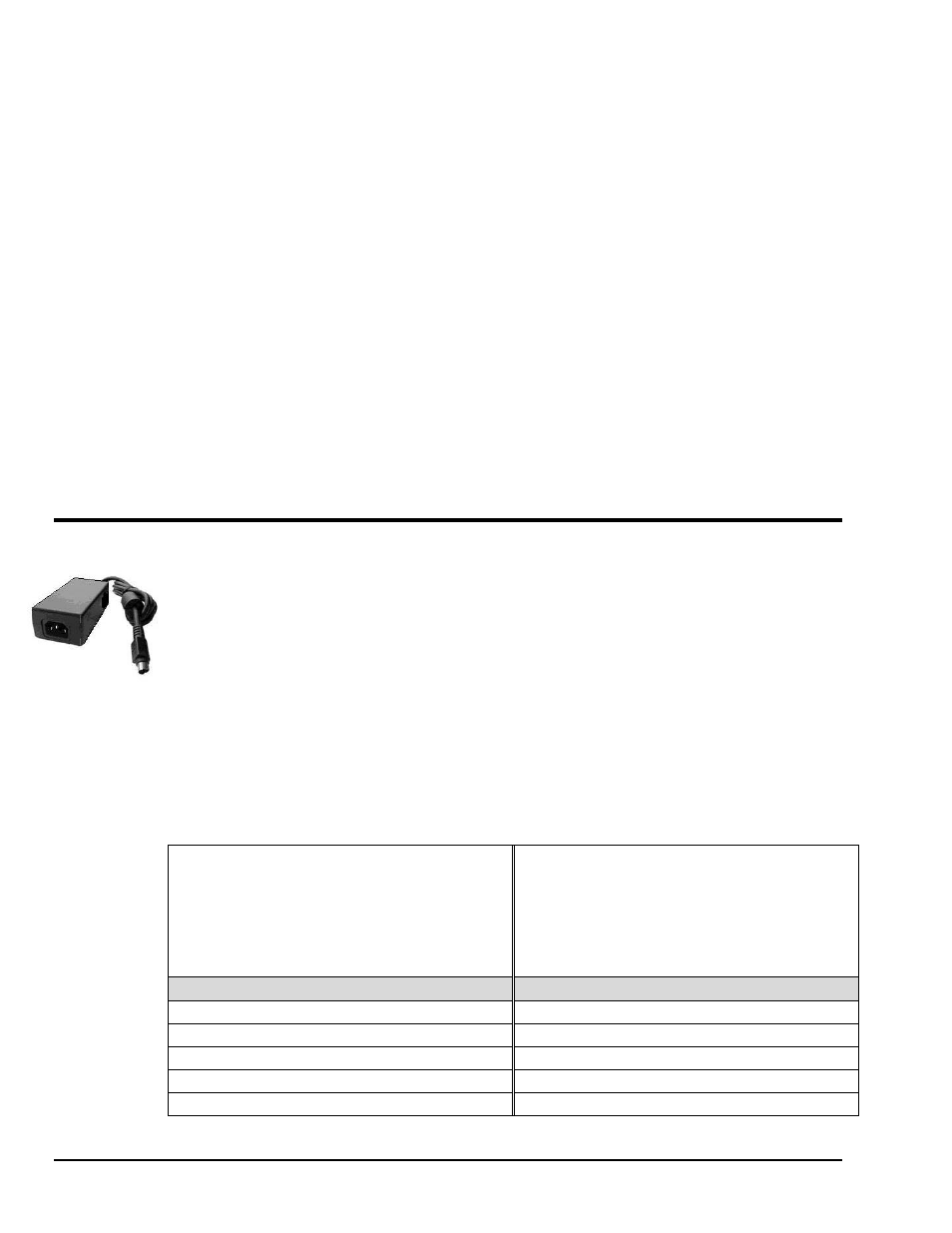Power supplies and connectors, Power supplies and power connectors ……8 – Measurement Computing DaqBoard-ISA User Manual
Page 36

pg. 8, DBK Basics
02-13-02
Daq Systems
10.
After software is loaded, remember to set the software parameters as needed for your
application. The software must recognize all the hardware in the system. Measurement units
and ranges should be checked to verify that they meet your application requirements.
11.
Remember to set all channels to the proper mode for your DBK or other signal source.
12.
After your system is up and running, verify proper data acquisition and data storage.
13.
Verify system accuracy; adjust ranges or calibrate as needed.
14.
Device specific information regarding system setup and expansion can be found in the Daq and
LogBook User’s manuals; and in the applicable DBK document modules of this manual.
15.
If you are considering system expansion, review the
DBK10
,
DBK41
, and
DBK60
document
modules. The best option depends on the number of DBK cards in your system. For just a few cards,
use the stackable 3-slot DBK10 low-profile expansion enclosure. For more than six cards, use the 10-
slot DBK41. DBK41s can be daisy-chained to one-another to handle a large number of DBKs.
16.
In regard to power management, you should review the
DBK30A
,
DBK32A
, and
DBK33
document
modules. For portable applications, the compact DBK30A rechargeable power supply can provide
power to the DBK10 or DBK41. The DBK30A also includes a 28 V output for powering 4 to 20 mA
transducers. For applications with many DBK cards (initially or in future expansion), the DBK32A or
DBK33 can be installed into any expansion slot. The DBK32A provides ±15 VDC and the DBK33
provides ±15 VDC and +5 VDC.
Power Supplies and Connectors
Power supplies convert the raw power they receive into a lower DC voltage and/or current for use by
devices with various power demands. Many of the power supplies that are used to power data acquisition
equipment are of the switching-mode type. These devices provide a regulated output whether the power
supply’s input is, for example, 60 Hz, 120 VAC as in the United States or, 50 Hz, 220 VAC as found in
European countries. Small power supplies, that do not switch, consist of simple transformer/rectifiers and
filtered capacitors; and operate over a smaller voltage range.
LogBooks - The switching-mode power supply commonly used with LogBook systems uses an input
range of 100 VAC to 240 VAC at 50 Hz to 60 Hz. The power supply’s output [to the LogBook] is
15 VDC @ 2.7 amps via a DIN5 connector.
DaqBooks - Power supplies that are used with DaqBooks are typically of the transformer/rectifier type.
They supply the DaqBook with 15 VDC @ 900 mA via a DIN5 connector.
DBKs – The following table indicates the type of power supply that is typically used with certain DBKs.
15 VDC @ 2700 mA
Switching-Mode Type Power Supply
The DBKs in this column use up to 15 VDC @
2700 mA. This switching-mode power supply
receives power from a 100 to 240 VAC source,
at 50 to 60 Hz, and converts it to the required value.
15 VDC @ 900 mA
Transformer/Rectifier Type, Unregulated Power Supply
The DBKs in this column use up to15 VDC @
900 mA. This transformer/rectifier type power
supply receives power from a 110 to 125 VAC
source, at 60 Hz, and converts it to the required
value.
DBK
Description
DBK
Description
DBK32A
Auxiliary Power Supply Card
DBK23
Optically Isolated Digital-Input Module
DBK33
Triple-Output Power Supply Card
DBK24
Optically Isolated Digital-Output Module
DBK42
5B Isolated Signal Conditioning Module
DBK43A
Strain Gage Measurement Module
DBK70
Vehicle Network Interface
DBK50
Isolated High-Voltage Input Module
DBK51
Isolated Low-Voltage Input Module
